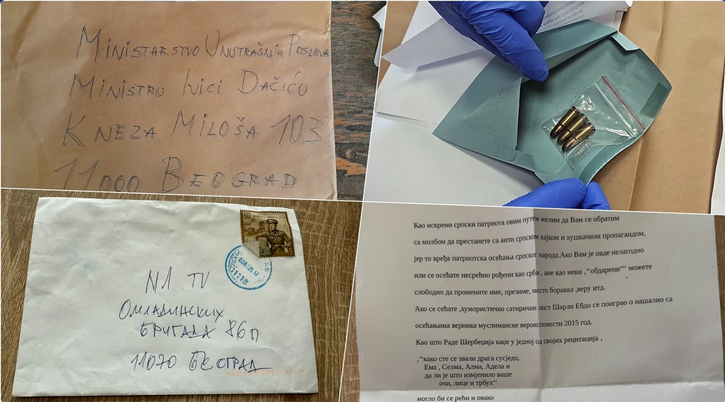Published research "Monopoly Present - Pluralism Absent"
The disruption of media pluralism and the existence of monopolies on the publication of information, ideas, and opinions in the media in Serbia is a pronounced problem that has burdened the sphere of public communication for decades, despite frequent amendments to the laws in this area and alignment with European standards.

The non-functioning of the Regulatory Body for Electronic Media (REM), the inadequate status of self-regulators, and the insufficient strength of journalistic associations have contributed to media outlets not adhering to professional and ethical standards, and even more seriously, media laws, all without any consequences. The political captivity of the media sphere is visible daily on screens.
The Novi Sad School of Journalism and the Bureau for Social Research, in collaboration with Professor Dr. Rade Veljanovski, conducted an analysis of media reporting by television stations in Serbia with national coverage, public services, and two cable television channels, as well as the activities of the competent regulatory body REM and the relevant ministry, with the aim of determining the disruption of media pluralism and the existence of monopolies in the dissemination of information, ideas, and opinions in the media in Serbia.
The research included both public services—Radio Television of Serbia and Radio Television of Vojvodina—along with all television stations with national coverage—TV Prva, B92, Pink, and Hepi—as well as two cable television channels—Nova and N1. The study involved a quantitative-qualitative and comparative-cross analysis of the media discourse in central-informative programs of the selected media during the period from November 1 to December 31, 2024. In addition to analyzing media discourse, a desk research of REM's operations and an analysis of regulatory frameworks were conducted.
Although it had been planned long in advance for the research to commence on November 1, 2024, the collapse of the canopy at the Railway Station in Novi Sad, along with the subsequent circumstances in Serbia after that date, significantly affected the monitoring results and largely colored the media landscape in Serbia. The findings of this research were thus further emphasized and are important for understanding the socio-political context in which Serbia found itself after November 1, 2024. Therefore, this research, based on the available data, is the first to document the media picture of a very dynamic, and we can freely say, dramatic period in the contemporary history of Serbia, about which we believe further analyses from various perspectives are yet to come.
The research is fully available at this link.













